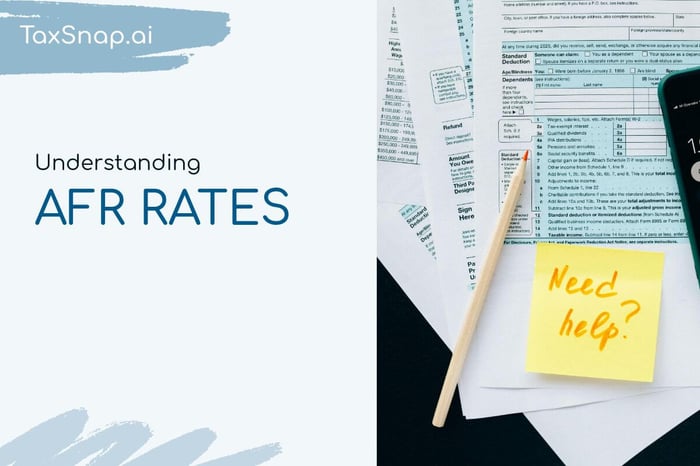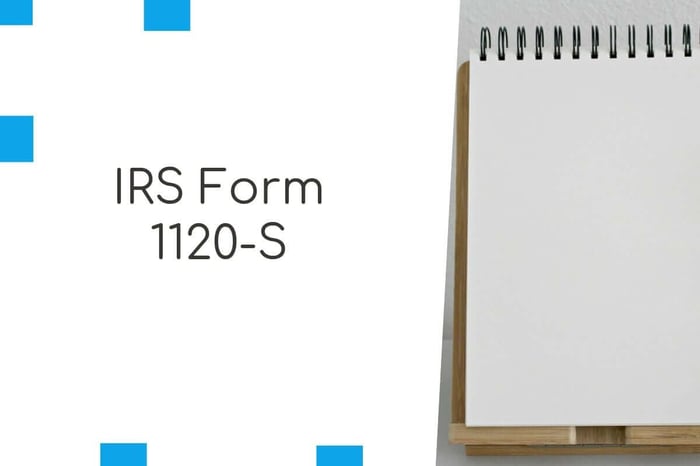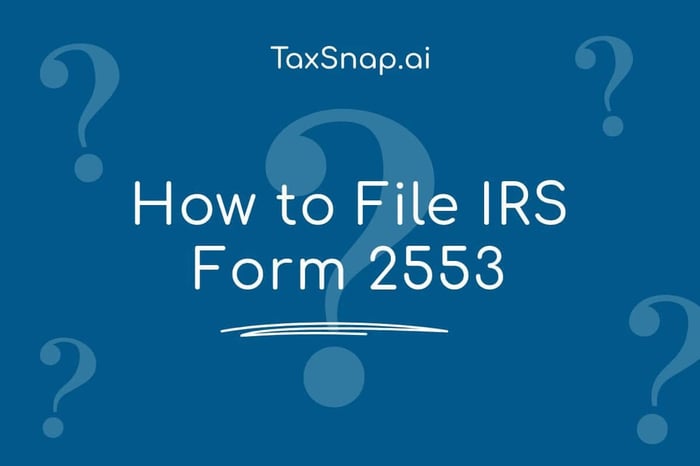The AFR is the minimum interest rate that needs to be charged on a private loan to avoid potential tax implications. Some of these implications could result in the IRS classifying the loan as a taxable gift.
What is the difference between the AFR rate and the adjusted AFR rate?
The adjusted AFR is different from the AFR in that it is a modified version of the AFR used for tax-exempt obligations, accounting for the tax exemption on the interest. It is also published monthly alongside the AFR rate.
Here are some key points on each:
AFR Rate
-Interest rate index published each month
-Has three tiers of short-term, mid-term, and long-term depending on the length of the loan.
Adjusted AFR Rate
-Used when dealing with tax-exempt obligations to determine the interest rate. These include certain tax-exempt bonds and financial instruments.
-Calculated by multiplying the AFR by an adjustment
-Also has 3 tiers
How to use AFR Rates
When using AFR rates, it is important to know the different tiers and which one your loan falls into. These are divided up as follows:
Short-term (3 years or less)
Mid-term (over 3 years but not over 9 years)
Long-term (over 9 years)
Once you know the term, just check the current rates to get the AFR that you need. You can check those here
Conclusion
It is important to understand the AFR rate to avoid having a private loan classified by the Internal Revenue Service as a taxable gift, thus incurring additional tax for the lender on the personal loan. Each month, an IRS publication is made containing the current rates.
If you want an easier way to do tax research, check out TaxSnap.ai and get started completely free!



